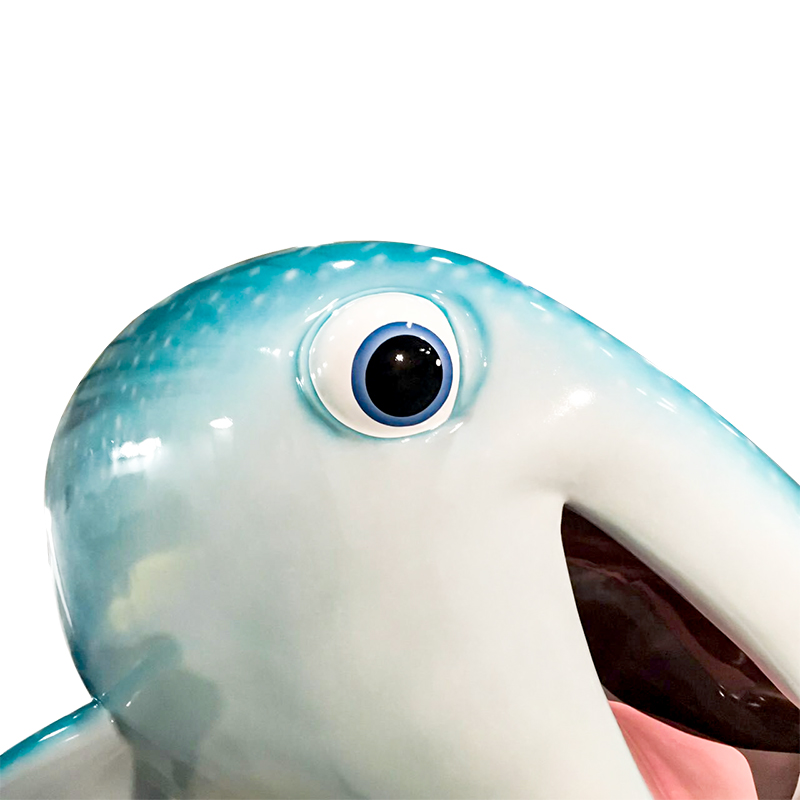The rapid advancement of 3D printing technology has led to a transformative shift in industries such as manufacturing, healthcare, automotive, and aerospace. 3D printing, also known as additive manufacturing, is revolutionizing how businesses design, prototype, and produce goods. This article aims to provide insight into successful industry cases and customer feedback, helping readers understand how to select the best 3D printing service providers based on these experiences.
What is 3D Printing?
3D printing refers to the process of creating three-dimensional objects from a digital model by adding material layer by layer. Unlike traditional manufacturing methods, which often involve subtracting material or using molds, 3D printing is an additive process. Common types of 3D printing technologies include Fused Deposition Modeling (FDM), Stereolithography (SLA), and Selective Laser Sintering (SLS), each catering to specific needs such as durability, resolution, and speed.
Industry Success Stories
1. Automotive Industry: Ford’s Application of 3D Printing
One of the most remarkable examples of successful 3D printing in the automotive industry is Ford’s use of additive manufacturing for prototyping and production of custom parts. The company leverages FDM technology to rapidly prototype components, reducing the time it takes to develop new models. By using 3D printed prototypes, Ford can test parts for functionality, weight, and design issues before investing in traditional manufacturing methods.
Ford’s use of 3D printing has not only reduced the cost of prototyping but has also sped up the process, enabling the company to bring new vehicle designs to market faster. Customers who have used Ford’s services in partnership with 3D printing have praised the speed and flexibility it brings to the design process.
Customer Feedback: Customers have reported high satisfaction levels with the customized parts produced using 3D printing. The rapid prototyping process has allowed for quicker iteration and feedback, leading to more innovative vehicle designs.
2. Healthcare Industry: Stryker’s Custom Implants
In the healthcare industry, 3D printing has played a crucial role in the production of custom implants and prosthetics. Stryker, a leading medical technology company, uses SLA technology to produce personalized implants for patients, such as customized knee replacements and hip joints. The use of 3D printing allows for a perfect fit, reducing recovery time and improving patient outcomes.
Stryker works closely with surgeons to ensure that each implant meets the patient’s specific anatomical needs. This has led to greater success in surgeries, as patients experience fewer complications compared to those with standard implants. Biocompatible materials, such as titanium and medical-grade plastics, are often used in the 3D printing process to ensure the safety and effectiveness of the implants.
Customer Feedback: Patients who have received 3D printed implants have reported higher satisfaction with the outcomes, citing a more comfortable fit and faster recovery times. Medical professionals have also praised the precision that 3D printing brings to the healthcare field, improving overall patient care.
3. Aerospace Industry: GE Aviation’s 3D Printed Jet Engine Parts
In the aerospace industry, General Electric (GE) Aviation has made groundbreaking strides with 3D printing technology, particularly in the production of jet engine parts. Using metal additive manufacturing, GE has successfully produced lightweight, high-performance components for jet engines that were once impossible to achieve with traditional manufacturing methods.
One notable success is the production of the LEAP jet engine fuel nozzle, which is 25% lighter and five times more durable than its traditionally manufactured counterparts. The reduction in weight and improvement in durability contribute to the overall performance and fuel efficiency of the jet engine, leading to significant cost savings for airlines.
Customer Feedback: Airline companies and customers in the aerospace sector have reported increased reliability and performance from the components manufactured by GE using 3D printing. The significant reduction in weight has contributed to greater fuel efficiency, while the durability of the parts has reduced maintenance costs, leading to a higher return on investment.
Key Factors to Consider When Choosing a 3D Printing Service Provider
When selecting a 3D printing service provider, it is important to consider several factors based on case studies and customer feedback.
1. Technology and Material Variety
Different 3D printing technologies and materials are better suited to different applications. For example, if you require high-resolution parts for detailed prototypes, you might opt for SLA or SLS technologies. On the other hand, if you need durable, functional parts for end-use applications, FDM or metal additive manufacturing may be a better fit. When evaluating a provider, ensure they offer a variety of technologies and materials that align with your specific needs.
2. Quality and Precision
As demonstrated by Ford, Stryker, and GE, the quality and precision of 3D printed parts are crucial. Look for providers with a proven track record in producing high-quality, accurate prints. Customer feedback often highlights how well a provider’s services meet precise specifications and tolerances, which can significantly impact the final product’s functionality and performance.
3. Turnaround Time
Time is often a critical factor, especially for industries with tight deadlines such as automotive or aerospace. A good 3D printing service provider should be able to offer rapid prototyping and fast production times. The case studies discussed above show how faster turnaround times have led to quicker market releases, better customer satisfaction, and a competitive edge.
4. Cost-Effectiveness
Cost is always a key consideration when selecting a 3D printing service provider. While 3D printing offers significant savings in prototyping and production costs, prices can vary depending on the technology, materials, and complexity of the job. Analyze customer feedback for insights on how cost-effective a provider is, especially in relation to the quality and speed of their services.
5. Customer Support and Expertise
Lastly, consider the level of customer support and expertise a provider offers. For industries like healthcare and aerospace, where parts must meet stringent regulatory standards, it’s important to work with a provider that has the necessary knowledge and experience. Providers who offer consulting services, design advice, and troubleshooting can make the difference between a successful project and one that falls short.
Conclusion
3D printing is an innovative and versatile technology that is shaping the future of many industries. The case studies from Ford, Stryker, and GE highlight the potential of 3D printing to revolutionize design and manufacturing processes. By considering the lessons learned from these success stories and paying close attention to customer feedback, businesses can make informed decisions when choosing a 3D printing service provider.
When selecting a provider, it’s essential to evaluate their technological capabilities, material options, quality, turnaround time, cost-effectiveness, and customer support. By doing so, companies can leverage the power of 3D printing to improve efficiency, reduce costs, and enhance product quality. With the right service provider, businesses can unlock new opportunities for innovation and growth in the world of additive manufacturing.









